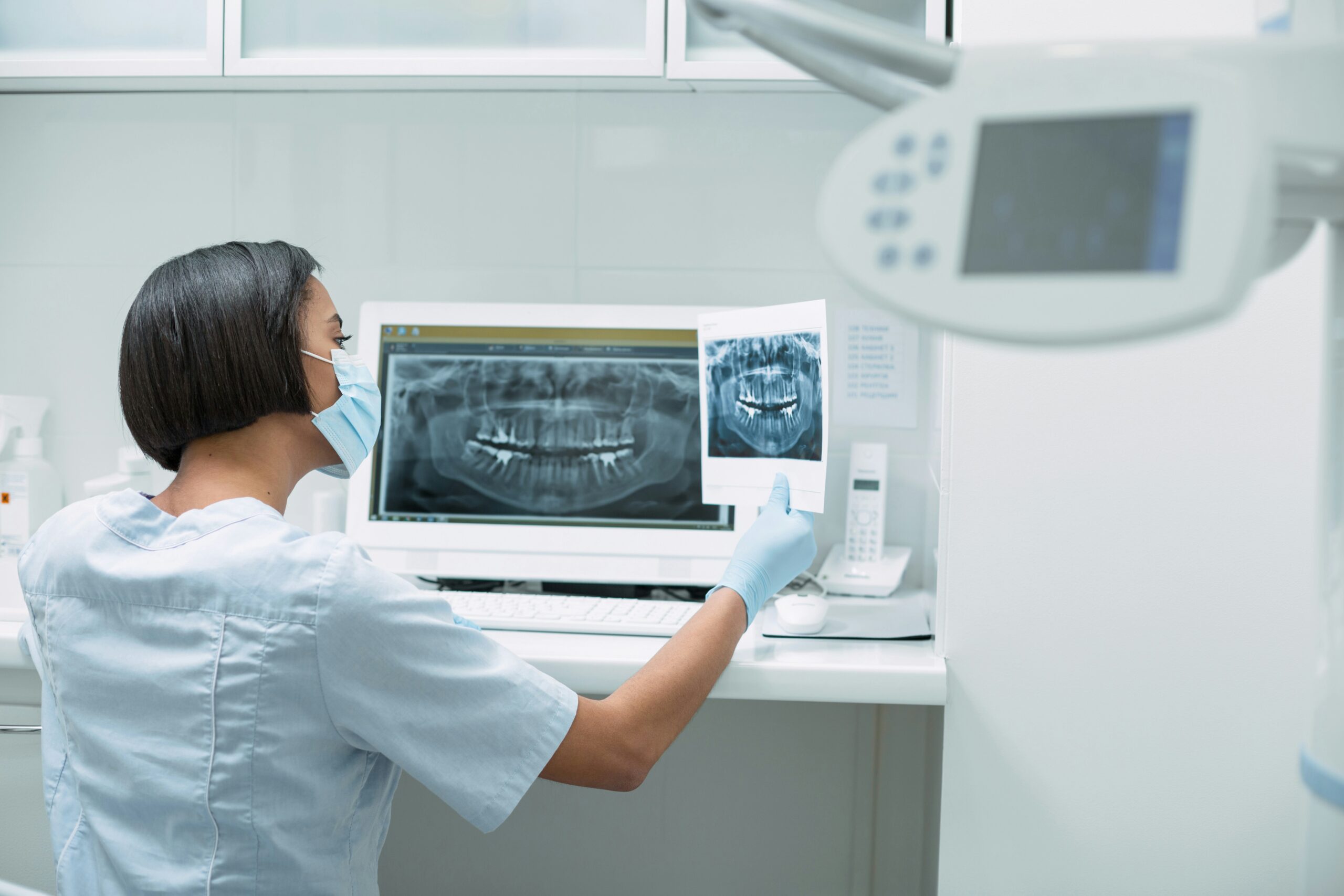
The role of artificial intelligence (AI) in healthcare has rapidly expanded in recent years, with one of its most transformative impacts being felt in the field of radiology. By integrating AI into radiological practices, healthcare providers can significantly improve diagnostic accuracy, optimize workflows, and ultimately enhance patient outcomes. Advanced imaging technologies powered by AI are reshaping how clinicians interpret medical images, providing them with tools that assist in identifying conditions more quickly and precisely than ever before. This article explores how AI revolutionizes radiology and its potential to drive better healthcare experiences.
Enhancing Diagnostic Accuracy with AI
Diagnostic accuracy is critical in radiology, where the ability to detect abnormalities such as tumors, fractures, and neurological conditions can profoundly impact patient care. AI-driven imaging systems are designed to support radiologists by offering algorithms capable of analyzing medical images like X-rays, CT scans, and MRIs with remarkable precision. These systems can identify subtle patterns or abnormalities that might be missed by the human eye, helping to reduce diagnostic errors and prevent misinterpretation.
For instance, AI algorithms are used to detect early signs of cancers such as breast, lung, and prostate cancer, which can often go unnoticed in their initial stages. By flagging potentially concerning areas in an image, AI assists radiologists in focusing their attention on regions that require further investigation. This early detection can be a game-changer for patient prognosis, leading to timely interventions and improved treatment outcomes. Furthermore, AI’s ability to quickly and accurately process vast amounts of data contributes to a reduction in the time needed for diagnosis, thereby enhancing workflow efficiency.
Improving Efficiency in Radiology Departments
Efficiency is key to timely and effective patient care in busy radiology departments. Integrating AI technologies allows radiologists to streamline their workflows, ensuring they can manage their caseloads more effectively. AI systems can automate repetitive tasks such as image segmentation, analysis, and reporting, traditionally requiring significant time and effort from radiologists. This automation frees up time for healthcare professionals to focus on more complex cases and interpret images with higher expertise.
Additionally, AI tools can assist in triaging images based on the case’s urgency, prioritizing the most critical exams for immediate review. This capability is particularly valuable in emergency settings, where swift decisions can significantly change patient outcomes. By reducing the cognitive load on radiologists and enabling them to concentrate on higher-priority cases, AI helps to prevent delays in diagnosis and treatment. This, in turn, leads to improved patient care and increased satisfaction within the healthcare system.
AI’s Role in Personalized Treatment Plans
Artificial intelligence is not just enhancing diagnostic capabilities but also contributing to creating more personalized treatment plans for patients. With its ability to analyze vast amounts of medical data from imaging studies, patient records, and even genetic information, AI can assist healthcare providers in developing individualized treatment strategies. For example, AI can help determine the optimal course of treatment based on a patient’s specific condition, imaging findings, and other relevant factors, ensuring that therapies are tailored to each patient’s unique needs.
In oncology, AI-driven imaging technologies can assess tumor characteristics, predict how a tumor will respond to certain treatments, and even suggest the most effective drug regimens. By considering the nuances of a patient’s condition, AI can assist oncologists in selecting the best possible treatment options, potentially improving the chances of successful outcomes. The application of AI in personalized medicine is rapidly evolving, with research and development efforts focused on refining these technologies to ensure that they can provide more accurate and actionable insights for clinicians.
Overcoming Challenges in AI Integration
Despite its promising benefits, integrating AI into radiology comes with challenges. One significant barrier is the need for high-quality, diverse datasets to train AI algorithms. Inaccurate or biased data can lead to flawed predictions, which may affect the reliability of AI-based diagnostic systems. Ensuring that AI algorithms are trained on various images from diverse populations is crucial for achieving accurate and equitable results. Additionally, the continuous monitoring and updating of AI systems are necessary to ensure they remain effective as new medical technologies and conditions emerge.
Another challenge is the acceptance and trust of AI technologies among radiologists and other healthcare professionals. While AI can assist in diagnosing and interpreting medical images, the ultimate responsibility for patient care still rests with human clinicians. It is essential for radiologists to feel confident in using AI tools and to understand how these technologies can complement, rather than replace, their expertise. This requires ongoing education, collaboration, and transparency between AI developers and healthcare providers to ensure that AI is considered a valuable tool in the radiology department.
Looking Ahead: The Future of AI in Radiology
The future of AI in radiology looks incredibly promising, with continuous advancements in imaging technology and machine learning algorithms. As AI systems become more sophisticated, they will likely play an even more integral role in diagnostics, workflow management, and personalized treatment planning. AI in radiology is expected to expand beyond imaging, incorporating additional data sources like electronic health records, genetic information, and patient history to provide a more comprehensive view of a patient’s condition.
Moreover, AI-powered decision support tools may become a standard feature in radiology departments, helping clinicians make real-time, evidence-based decisions. These tools could assist radiologists in managing complex cases, optimizing treatment plans, and improving patient outcomes. As the healthcare industry embraces AI, the potential for improved patient care is vast, with AI promising faster, more accurate diagnoses, more efficient workflows, and more personalized treatment options.
In conclusion, AI in radiology is transforming the healthcare landscape, significantly improving diagnostic accuracy, efficiency, and patient care. As AI technologies evolve, they hold the potential to revolutionize radiology even further, paving the way for a future where patient outcomes are continually enhanced through innovative imaging technologies.